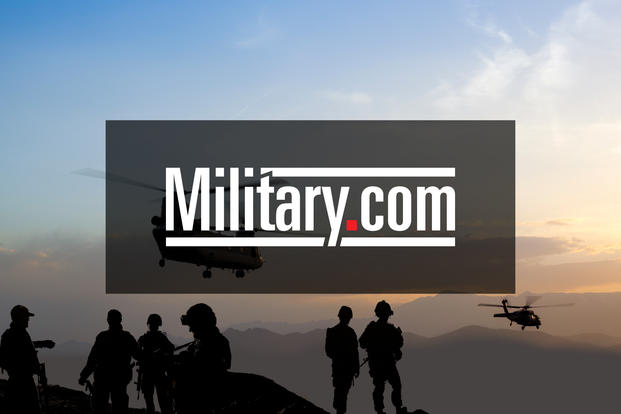FORT BENNING, Ga. – The Ranger Training Brigade here recently overhauled the graded, combat patrol portion of Ranger School to make it less predictable and force students to adapt to a rapidly changing mission.
Army Ranger School is one of the toughest small-unit leadership schools in the U.S. military. During the two-month course, students must master combat-leader skills under grueling, mental and physical conditions.
Over time, the standards for leading a successful combat patrol have become “predictable to the students, and we felt that it didn’t fully engage or challenge every member of the Ranger platoon,” said Col. Kyle Lear, commander of Ranger Training Brigade, during the 2012 Maneuver Conference here.
Lessons learned from a decade of combat prompted brigade leaders to make changes to graded patrolling to “improve students’ adaptability, initiative and critical thinking,” Lear said.
This is a significant change since patrols count for approximately 50 percent of graded portion of Ranger School.
In the recently-implemented, Enhanced Graded Patrol, “students have less time to make decisions,” Lear said.
“Either event or intelligence-driven changes force the student chain of command to respond to a variety of stimuli and adapt. It drives students to employ critical thinking skills,” he said.
This change to Ranger School is just one of several training upgrades the Maneuver Center of Excellence at Benning has launched in an attempt to prepare young soldiers and leaders for battlefield threats they may face in the future.
One of the newest training concepts Benning officials have stressed is what’s known as Advanced Situational Awareness Training. Officials have focused the concept on a five-day training course that seeks to train soldiers in human-behavioral analysis when observing a situation on the battlefield.
That means that soldiers armed with this training will be able to recognize and understand the human behaviors occurring in their environment, said Col. Mike Rauhut, commander of the 197th Infantry Brigade.
Soldiers will learn skills such as how to best use their optics to observe an area of interest from a distance and make threat assessments, Rauhut said.
“It enables them to make critically-reasoned decisions and to act proactively,” he said. “Essentially, this will give them a blue-collar PHD in human behavior.”
Some of the new training initiatives feature a more back-to basics approach. Benning officials are pushing a combined-arms mindset in both the Infantry Basic Officers Leadership Course and Armor Basic Leaders Course.
A decade of war in the Middle East has focused heavily on counter-insurgency doctrine. As a result, soldiers have become less proficient in traditional, combined arms combat operations.
Since May, IBOLC has featured combined-arms live fires with “infantry platoons doing live fires with an armored tank section.”
“The tanks fire six rounds to kick this off, and then the infantry move forward and take out an anti-armor threat in a trench system,” said Col. Duke Davis, commander of the 199th Infantry Brigade. “They move in; they clear the trench. They call the tanks forward, the tanks take over the fight and we continue the mission. This is a dramatic step forward in the IBOLC program.”
The Army is at a critical crossroads as the war winds down in Afghanistan. Leaders stress the need to return to combat training that prepares soldiers and units for more-costly, high-intensity fights. At the same time, most planners are determined to hold on to the lessons the service has learned over the past decade of war.
The Ranger Training Brigade stresses some of these key lessons in the enhanced patrol portion of Ranger School.
In the past, these patrols featured patrol-base planning, executing a react to contact against a predictable opposing force during movement to a raid objective, Lear said.
The new format focuses on teaching students to plan more for changes during the mission.
The react to contact may involve civilians where intelligence changes the planned raid objective, Lear said. Captured enemy leadership on the raid objective then could lead the platoon to conduct a hasty ambush. Another scenario could feature intelligence from an unmanned aerial vehicle that leads to an adjusted patrol-base location, Lear said.
“This is a shift in the philosophy … teaches them to anticipate the unexpected,” said Lear, adding that the new focus will result in graduates who will know when to bypass standard procedures when necessary and when to “take calculated risks in the absence of higher orders.”































